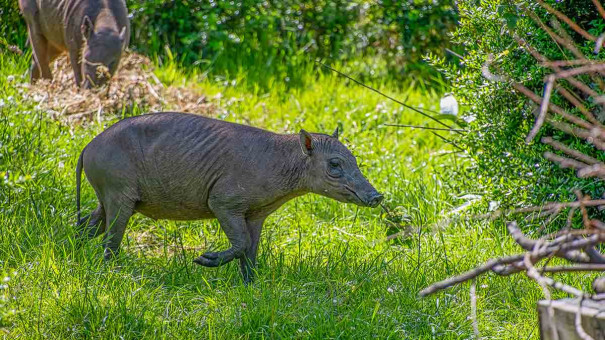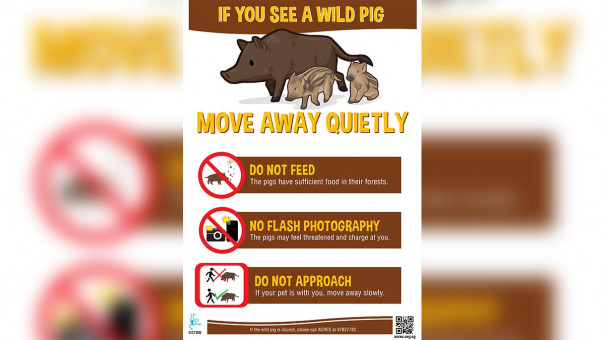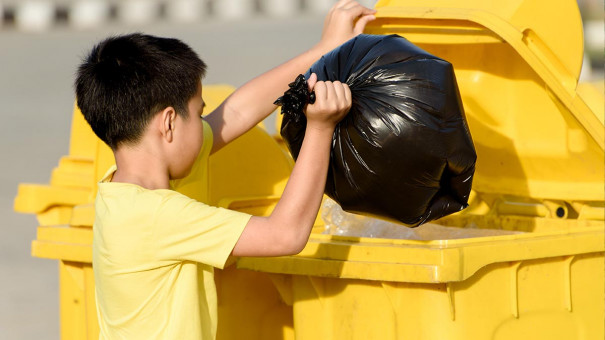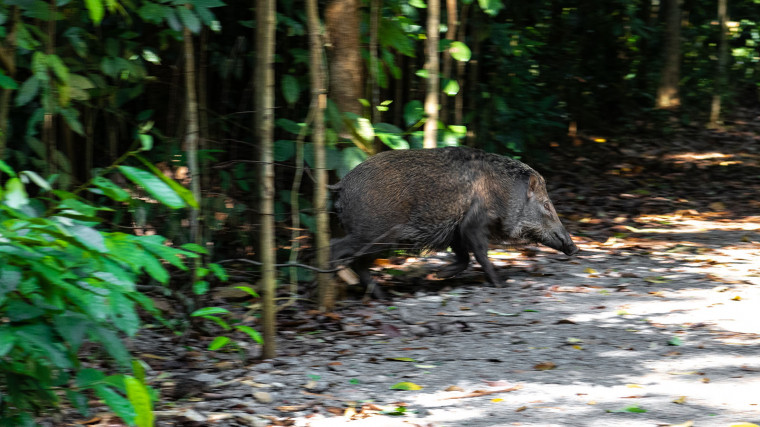There is no better time than on World Wildlife Day (Mar 3) to take stock of our relationship to wild animals – or lack thereof – especially in concrete urban jungles such as Singapore.
Is it easier to show our care for endangered wildlife thousands of miles away through donations or by visiting wildlife sanctuaries on our holidays as compared to dealing with unexpected animal encounters on our home turf?
Local media last week reported on the latest wild boar attacks in Punggol Walk which left two hospitalised. The incidents follow closely on the heels of two additional encounters of wild boars in November last year near Sungei Api Api in Pasir Ris. One of the wild boars was eventually trapped and euthanised.
In response to the Pasir Ris incidents, an online survey revealed mixed opinions from residents on the issue of human-wildlife conflict, but most identified housing developments and irresponsible feeding as the two main reasons for the increased presence of wild animals in urban environments.
Prevent habitat loss

“The issue of human-wildlife conflict is a complex one and more than one factor is involved,” Jaipal Singh Gill, executive director at the charity Society for the Prevention of Cruelty to Animals (SPCA) tells The Pride.
“An undeniable reason for the conflict is the loss of habitat, with wild animals being constantly squeezed out of their homes. Without adequate measures in place to find alternatives for the animals, they are then left with little choice but to venture into more urbanised areas.”
Both Pasir Ris and Punggol have seen land cleared for new housing projects, which could explain the increase in wildlife sightings, but the conflict between nature conservation and urban development has been a long-standing issue in land-scarce Singapore.
To mitigate the damage caused by habitat loss and fragmentation, the National Parks Board (NParks) works with developers to build hoarding panels around construction sites to prevent wildlife from dispersing into urban areas, and guides wild boars into adjacent forested areas where possible. It also replaces oil palms – which wild pigs seek out for their fruit – with native plant species.
Amid growing environmental consciousness around the world, however, more Singaporeans have spoken out against the clearing of land for residential or industrial development – most recently over the Dover and Clementi forests, and the unauthorised deforestation in Kranji woodland.
Protect existing forests

Under its latest sustainability blueprint, the Singapore Green Plan 2030, the city-state has reiterated previous commitments to plant a million trees by 2030, along with creating 1,000 hectares (or about 1,400 football fields) worth of green space and 160km of park connectors.
“The Green Plan highlights the commitment to plant a million more trees, but this is insufficient. For one, planting a million trees is not the same as keeping a million trees,” Andie Ang, president of the Jane Goodall Institute Singapore tells The Pride.
Planting trees does not offset the biodiversity damage caused by the destruction of natural forests elsewhere. Among the 10 golden rules for reforestation released by scientists at the Royal Botanic Gardens, Kew in the UK, a key priority is protecting existing forests.
“Removing centuries-old trees and associated micro-habitats cannot be replaced by new saplings planted,” explains Andie. “New trees require a substantial amount of time to cultivate into viable habitats for ecosystems to be established.”
Conservationists and politicians proposed converting parts of Dover Forest into a ‘public-cum-nature park’ whilst leaving the areas that house critically endangered species untouched, and suggested alternative sites for residential development such as older housing blocks or existing school fields.
“Conservation and urban development shouldn’t be seen as a dichotomy. Instead of clearing forests immediately when we need land for development, different sites such as car parks and golf courses should also be assessed for their value and utilisations to the community,” adds Andie.
She also emphasises the need for sufficient connectivity between green spaces for wild animals, which would deter them from venturing into urban spaces.
Stop illegal feeding

The irresponsible discarding of food and the illegal feeding of animals also contribute significantly to their increased presence in residential estates as they grow accustomed to seeking out humans for food.
Feeding wildlife is illegal under the Wildlife Act, and could incur a fine of up to $5,000 for a first, and up to $10,000 for subsequent offences. The act is an amendment to the Wild Animals and Birds Act, and came into effect in June 2020 with stricter penalties introduced for the feeding and releasing of animals into the wild.
In January, 19 individuals were brought to court for the feeding of wild boars in Lorong Laus, just a few kilometres away from the Sungei Api Api incident. “Since then, 11 individuals have pleaded guilty and were fined $2,500 each. Another three individuals will be charged over the next month,” group director of wildlife management at NParks Dr Adrian Loo tells The Pride.
“If human feeding continues, and as a result, there is an unintended growth in population and increased incursions of wildlife into residential estates, NParks will have no choice but to carry out population control for public safety. This is especially [true] if the wildlife has turned aggressive or has the propensity to do so,” he says.
Feeding wild animals is a lose-lose situation for both the animals and their would-be good Samaritans.
Providing food to wild animals can harm their health, contribute to an unsustainable surge in population numbers, and incur a change in behaviour, including more aggression towards humans in expectation of food. It could also disrupt the vital ecosystem roles animals play, such as seed dispersers crucial to forest regeneration, explains Andie.
Educate and upskill

Besides enforcement actions, NParks has stepped up its outreach efforts with the ‘Say no to feeding wildlife’ campaign. Educational signs, standees and posters have been installed at feeding hotspots, which are identified based on population surveys and research studies on wildlife distribution.
In addition, as part of the Youth Stewards for Nature programme, three young individuals will be selected to lead an outreach project under NParks’ mentorship, with the objectives of deterring wildlife feeding and promoting peaceful human-wildlife co-existence.
To support the campaign, the National Environment Agency and the Singapore Food Agency have joined forces to educate food stall vendors and table cleaning contractors at hawker centres and coffee shops on how to reduce food sources for wildlife like pigeons or mynahs, including proper tray return, disposal of waste and stall hygiene.
We too, can do our part to help to keep our hawker centres clean by returning trays after we’ve finished eating.
In a recent commentary, SPCA’s Jaipal Singh Gill called for both the education of the general public on how to manage wildlife encounters, and the upskilling of agencies that are called upon to handle such encounters, such as pest control officers, to ensure people don’t panic and the animals are not mistreated.
NParks has published animal advisory posters and dos and don’ts lists to guide public responses to a range of different species such as snakes, macaques, wild boars, and even pangolins or crocodiles. It also encourages members of the public to call the Animal Response Centre at 1800-476-1600 to report any wild boar encounters.
Animal Concerns Research & Education Society, commonly known as Acres, has created a similar series of advisory sheets, and conducts roadshows with town councils in habitat hotspots to raise awareness of human-wildlife co-existence.
Keeping a safe distance, staying calm, and refraining from disturbing or feeding wild animals are a common thread that runs across all the guidelines. And they should be our guiding principles as we rethink our relationship and behaviour towards wildlife – key to transforming Singapore into a truly viable ‘City in Nature’.
If you like what you read, follow us on Twitter and Google News to get the latest updates.


